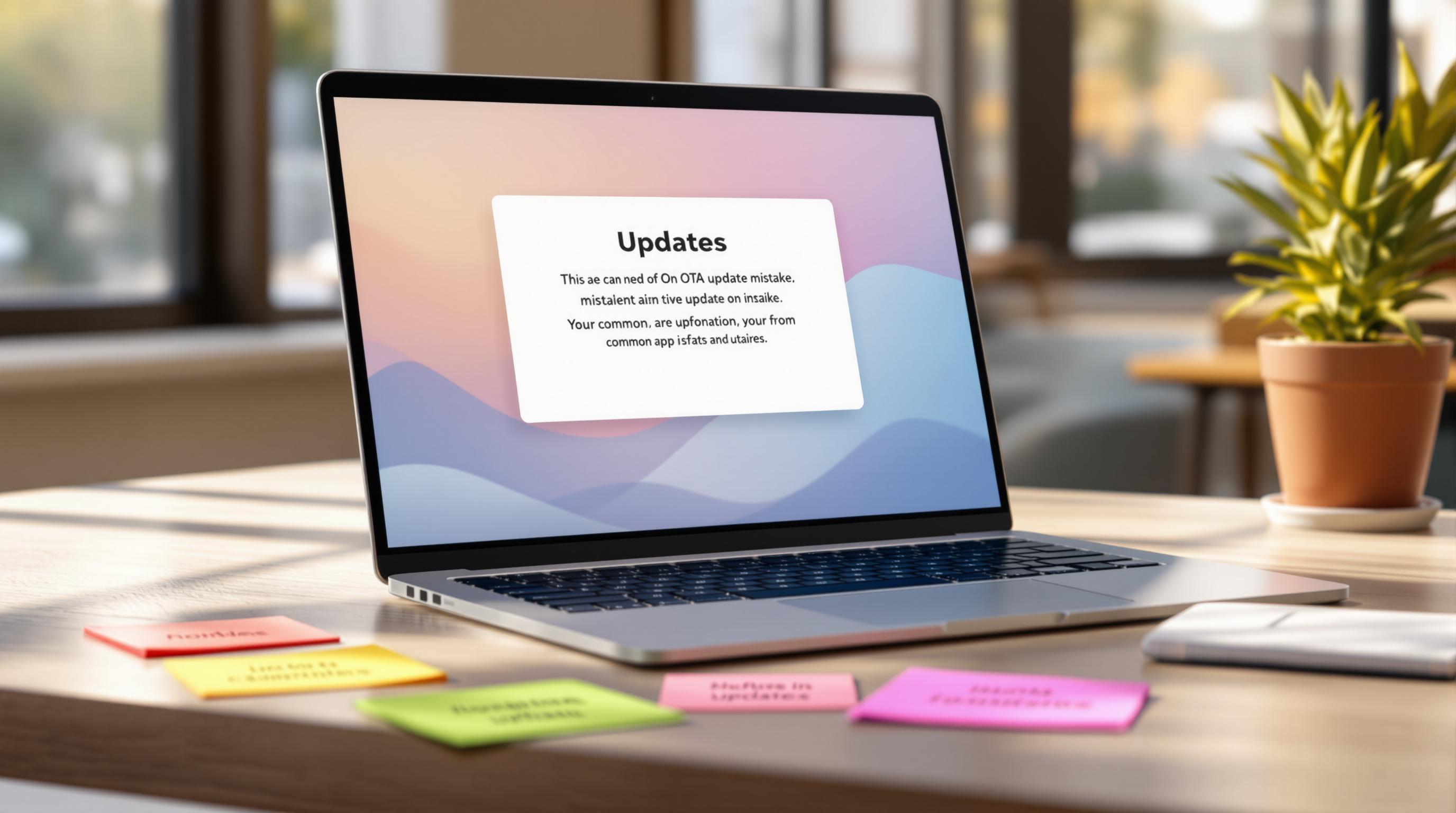Capgo and GitHub Actions together simplify deploying updates for Capacitor apps. Here’s why this integration is worth your attention:
- Save Money: Cut CI/CD costs by up to $26,100 over 5 years compared to AppFlow.
- Fast Updates: Push updates instantly with 95% of users receiving them in 24 hours.
- Secure Deployments: End-to-end encryption ensures updates are safe.
- Streamlined Workflow: Automate builds and deployments directly in your GitHub repository.
Quick Overview
- Requirements: GitHub account, Capgo account (from $12/month), Capacitor project, Node.js.
- Setup: Install Capgo CLI with
npx @capgo/cli init, configure GitHub Actions with a YAML workflow. - Deployment: Use commands like
npx @capgo/cli deployto automate updates. - Testing: Deploy to test channels (e.g., beta, staging) before production.
Example Workflow (YAML):
name: Capgo Deployon: push: branches: - main
jobs: deploy: runs-on: ubuntu-latest steps: - uses: actions/checkout@v6 - uses: actions/setup-node@v3 with: node-version: '24' - name: Install Dependencies run: npm install - name: Deploy to Capgo run: npx @capgo/cli deploy env: CAPGO_TOKEN: ${{ secrets.CAPGO_TOKEN }}This integration ensures fast, secure, and cost-effective app updates, making it ideal for agile development teams.
GitHub Actions Tutorial - Basic Concepts and CI/CD Pipeline

Setup Requirements
Integrating Capgo with GitHub Actions involves setting up the necessary tools and configurations.
Required Tools and Accounts
Make sure you have the following accounts and tools ready:
| Requirement | Purpose | Details |
|---|---|---|
| GitHub Account | Version Control & CI/CD | Active account with access to repositories |
| Capgo Account | Manage Live Updates | Plans start at $12/month for the SOLO plan |
| Capacitor Project | App Development | A functional project ready for integration |
| Node.js | Runtime Environment | Latest LTS version is recommended |
Once these are in place, you can proceed to add Capgo to your project for automated live updates.
Adding Capgo to Your Project

To integrate Capgo, install it in your Capacitor project using its CLI tool. According to Martin Donadieu, founder of Capgo:
“Run npx @capgo/cli init that it!” [1]
This command will set up the plugin and its required dependencies.
GitHub Repository Setup
Prepare your GitHub repository to meet the requirements for CI/CD integration with Capgo. As mentioned in their documentation:
“We configure your CI/CD pipeline directly in your preferred platform, whether it’s GitHub Actions, GitLab CI, or others. We don’t host CI/CD or charge you to maintain it.” [1]
Capgo offers OTA updates from $12/month, which is more affordable compared to AppFlow’s $6,000 annual fee [1]. For teams needing automated CI/CD to build native apps, an optional setup service is available for $2,600 one-time.
Here’s how to set up your repository:
- Repository Structure: Organize your repository with separate directories for source code, assets, and configuration files to keep everything clean and manageable.
- Environment Configuration: Create distinct environments for development, staging, and production, ensuring proper access controls and security measures are in place.
- Access Management: Set repository permissions carefully to allow Capgo integration while maintaining security.
These steps will ensure your project is ready for the GitHub Actions workflow, which will be outlined in the next section.
GitHub Actions Workflow Setup
Automate your Capgo deployments using GitHub Actions to streamline your CI/CD process.
Creating the Workflow File
Start by creating a YAML file in the .github/workflows directory of your repository. Here’s an example:
name: Capgo Deployon: push: branches: - main workflow_dispatch:
jobs: deploy: runs-on: ubuntu-latest steps: - uses: actions/checkout@v6 - uses: actions/setup-node@v3 with: node-version: '24' - name: Install Dependencies run: npm install - name: Build App run: npm run build - name: Deploy to Capgo run: npx @capgo/cli deploy env: CAPGO_TOKEN: ${{ secrets.CAPGO_TOKEN }}This configuration ensures secure and automated deployments. Once you’ve set up the file, choose the right triggers for your workflow.
Workflow Trigger Options
GitHub Actions allows you to customize when workflows run. Here are some trigger options:
| Trigger Type | Use Case | Configuration |
|---|---|---|
| Push Events | Deploy on code changes | Activates when code is pushed to specific branches |
| Manual Dispatch | On-demand updates | Allows you to manually start the workflow |
| Schedule | Timed releases | Runs deployments at set intervals |
| Pull Request | Testing updates | Tests changes before merging into main branches |
Managing Secret Keys
To ensure secure deployments, you need to manage your secret keys properly. GitHub Actions offers an encrypted secrets management system for this purpose.
Steps to Set Up Secure Authentication:
-
Access Repository Settings
Go to your repository’s settings and find the “Secrets and variables” section under the “Security” tab. -
Add Capgo Credentials
Save your Capgo authentication token as a repository secret. Name itCAPGO_TOKEN. -
Reference Secrets in Workflows
Use your stored secrets in the workflow by referencing them like this:${{ secrets.CAPGO_TOKEN }}.
Capgo Commands in Workflows
Once your GitHub Actions environment is set up, you can automate deployments by integrating Capgo CLI commands.
Installing Capgo CLI
Add the following step to your workflow to install the Capgo CLI:
steps: - name: Install Capgo CLI run: npm install -g @capgo/cli - name: Initialize Capgo run: npx @capgo/cli initAuthenticating the CLI
Securely authenticate the CLI using the CAPGO_TOKEN:
- name: Authenticate Capgo CLI run: npx @capgo/cli login env: CAPGO_TOKEN: ${{ secrets.CAPGO_TOKEN }}Deployment Commands
Here are the key commands to handle building, versioning, and deploying your updates:
| Command | Purpose | Usage Example |
|---|---|---|
build | Generates a production-ready bundle | npx @capgo/cli build |
deploy | Pushes updates to Capgo | npx @capgo/cli deploy |
version | Sets the version for the update | npx @capgo/cli version 1.2.0 |
To automate the entire deployment process, use the commands together like this:
steps: - name: Build and Deploy run: | npx @capgo/cli build npx @capgo/cli version ${{ github.ref_name }} npx @capgo/cli deploy env: CAPGO_TOKEN: ${{ secrets.CAPGO_TOKEN }}This setup ensures that your updates are automatically built, versioned, and deployed whenever the workflow runs. GitHub’s secret management system keeps your credentials safe throughout the process.
Testing and Fixes
Running Test Workflows
You can test your GitHub Actions workflow by using a dedicated Capgo testing channel. This allows you to validate updates before they go live.
- name: Test Build Deployment run: | npx @capgo/cli build npx @capgo/cli deploy --channel beta env: CAPGO_TOKEN: ${{ secrets.CAPGO_TOKEN }}Capgo’s channel system helps you create separate deployment paths for different stages:
| Channel | Purpose | Target Audience |
|---|---|---|
| beta | Pre-release testing | Internal team |
| staging | QA validation | Test users |
| production | Live deployment | All users |
Error Solutions
Here are some common integration issues and how to address them:
1. Authentication Failures
Check the CAPGO_TOKEN in GitHub Secrets. If it’s expired, regenerate it to ensure smooth authentication.
2. Build Errors
Ensure your build configuration matches the requirements of your deployment environment.
“We rolled out Capgo OTA updates in production for our user base of +5000. We’re seeing very smooth operation almost all our users are upto date within minutes of the OTA being deployed to @Capgo.” [1]
3. Version Conflicts
Stick to semantic versioning and increment versions properly to prevent conflicts during deployments.
Maintenance Tips
- Use Capgo analytics to monitor update success rates.
- Enable automatic rollbacks for updates that might cause issues.
- Test pull requests (PRs) using channel selectors for better control.
- Keep your workflow updated with the latest Capgo CLI commands.
For high-priority deployments, take advantage of Capgo’s error tracking to spot potential issues early. If something goes wrong, the rollback feature allows you to revert to a stable version quickly, minimizing disruption. These practices will help keep your deployments running smoothly as you move closer to production.
Conclusion
Key Highlights
Capgo’s integration with GitHub Actions simplifies the deployment process for Capacitor apps, delivering major benefits to development teams. With an 82% global success rate for updates and 95% of active users receiving updates within 24 hours [1], this solution stands out for its efficiency.
Here are some standout features:
- Automated Workflows: By configuring workflows directly in GitHub Actions, there’s no need for external CI/CD hosting. This approach cuts operational costs, saving about $26,100 over five years compared to alternatives like AppFlow [1].
- Fast Deployment: Updates can be pushed instantly, bypassing app store delays.
- Strong Security: End-to-end encryption ensures updates are delivered securely, while Capgo’s channel system allows for controlled, staged rollouts.
These features pave the way for more tailored solutions and improved performance, explored further below.
Advanced Strategies
To get the most out of your Capgo and GitHub Actions integration, explore these advanced tactics:
- Custom API Workflows: Use Capgo’s public API to design deployment workflows that fit your team’s specific needs. This can enable white-label experiences and seamless integration with your current tools [1].
- Channel-Based Releases: Optimize your deployment process by using Capgo’s channel features for staged and controlled updates.
- Optimized Performance: Utilize Capgo’s partial updates to reduce bandwidth usage and speed up updates. With 23.5 million updates delivered across 750 production apps [1], the system has proven its capability to handle large-scale demands.
For even better results, consider using Capgo’s self-hosting options or custom API setups. Check earlier sections for detailed setup and testing instructions to fully implement these strategies.




